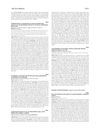signaling protein that, when suppressed, may grow hair by reducing inflammation and stem cell loss
natural substance from Neem tree with medicinal and pesticidal properties
vitamin you should probably be taking for general health might also help your hair a little





